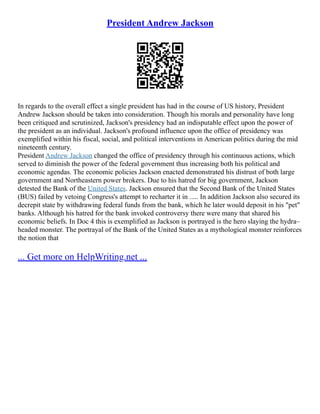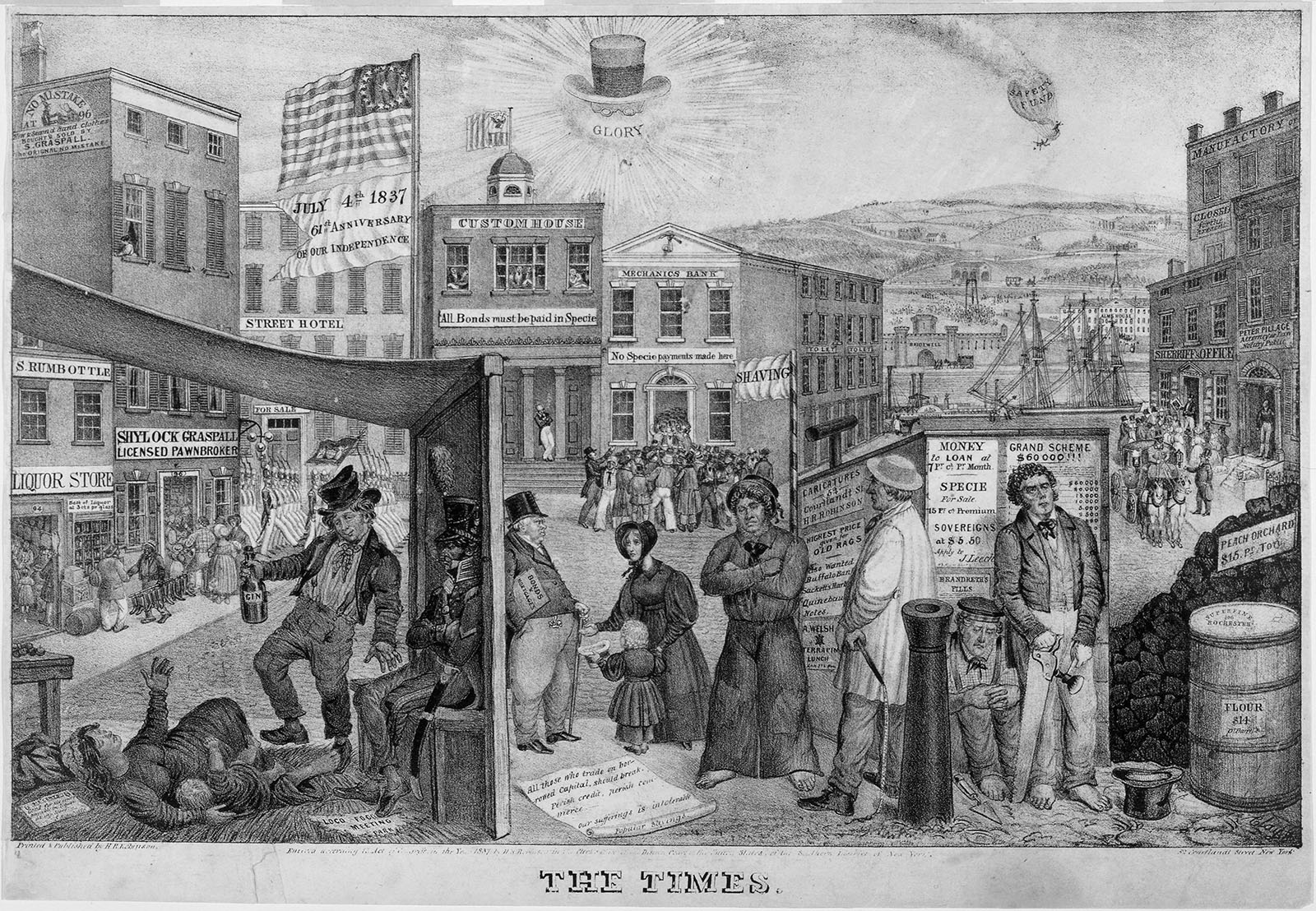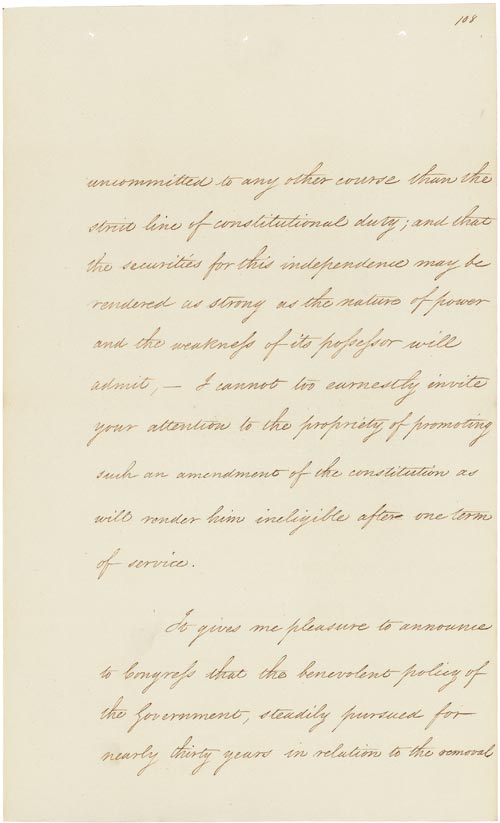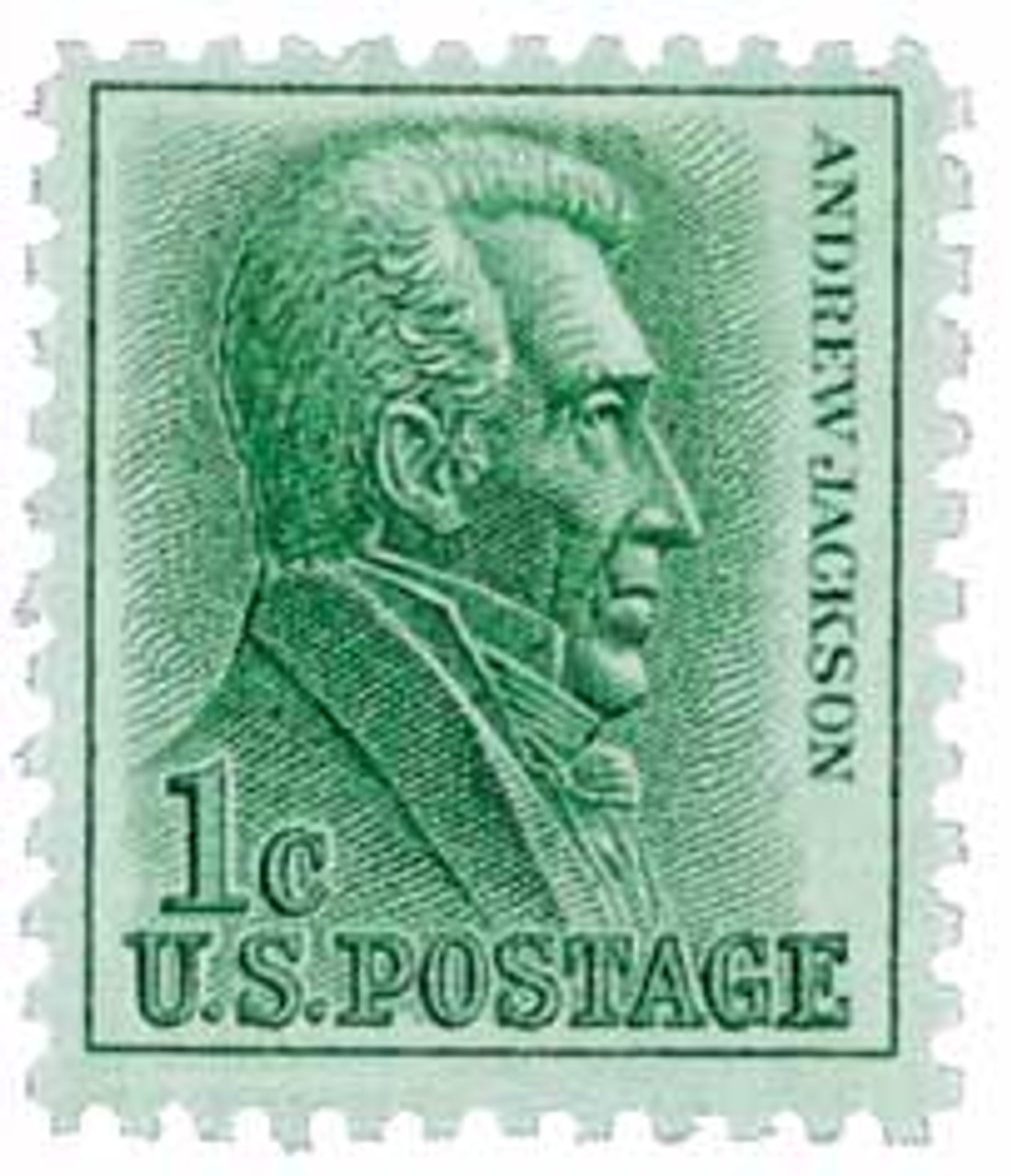The American Indian Removal policy of President Andrew Jackson was prompted by the desire of White settlers in the South to expand into lands belonging to five Indigenous tribes. After Jackson succeeded in pushing the Indian Removal Act through Congress in 1830, the U.S. government spent nearly 30 years forcing Indigenous peoples to move westward, beyond the Mississippi River.
Andrew Jackson, Presidents, Early Republic, U.S. History, American History, Anchor Charts, School Posters, Education – Etsy Singapore
Before he became President, Andrew Jackson had been involved in the removal of American Indians from various states in the US. In the 1810s, Jackson led military forces that removed Creek and Seminole tribes from lands in Alabama, Georgia, and Florida. In his First Message to Congress in 1829, Jackson proposed (as his predecessor President

Source Image: bozosapiens.blogspot.com
Download Image
Andrew Jackson had been an Indian fighter, and he continued the struggle as president. His new weapon was the Indian Removal Act, which would force Eastern tribes to relocate west of the Mississippi. by HistoryNet Staff 6/12/2006. The great Cherokee Nation that had fought the young Andrew Jackson back in 1788 now faced an even more powerful and

Source Image: slideshare.net
Download Image
9. Democracy in America | THE AMERICAN YAWP Andrew Jackson’s Annual Message. It gives me pleasure to announce to Congress that the benevolent policy of the Government‚ steadily pursued for nearly thirty years‚ in relation to the removal of the Indians beyond the white settlements is approaching to a happy consummation. Two important tribes have accepted the provision made for their

Source Image: slideshare.net
Download Image
How Did Andrew Jackson Defend His Policy Of Indian Removal
Andrew Jackson’s Annual Message. It gives me pleasure to announce to Congress that the benevolent policy of the Government‚ steadily pursued for nearly thirty years‚ in relation to the removal of the Indians beyond the white settlements is approaching to a happy consummation. Two important tribes have accepted the provision made for their Feb 17, 2024Indian Removal Act, (May 28, 1830), first major legislative departure from the U.S. policy of officially respecting the legal and political rights of the American Indians.The act authorized the president to grant Indian tribes unsettled western prairie land in exchange for their desirable territories within state borders (especially in the Southeast), from which the tribes would be removed.
President Andrew Jackson | PDF
May 10, 2022In his message on December 6, 1830, President Jackson informed Congress on the progress of the removal, stating, “It gives me pleasure to announce to Congress that the benevolent policy of the Government, steadily pursued for nearly thirty years, in relation to the removal of the Indians beyond the white settlements is approaching to a happy Andrew Jackson’s Indian Policy – YouTube

Source Image: m.youtube.com
Download Image
Nullification Crisis, Summary, Facts, Significance, APUSH May 10, 2022In his message on December 6, 1830, President Jackson informed Congress on the progress of the removal, stating, “It gives me pleasure to announce to Congress that the benevolent policy of the Government, steadily pursued for nearly thirty years, in relation to the removal of the Indians beyond the white settlements is approaching to a happy

Source Image: americanhistorycentral.com
Download Image
Andrew Jackson, Presidents, Early Republic, U.S. History, American History, Anchor Charts, School Posters, Education – Etsy Singapore The American Indian Removal policy of President Andrew Jackson was prompted by the desire of White settlers in the South to expand into lands belonging to five Indigenous tribes. After Jackson succeeded in pushing the Indian Removal Act through Congress in 1830, the U.S. government spent nearly 30 years forcing Indigenous peoples to move westward, beyond the Mississippi River.

Source Image: etsy.com
Download Image
9. Democracy in America | THE AMERICAN YAWP Andrew Jackson had been an Indian fighter, and he continued the struggle as president. His new weapon was the Indian Removal Act, which would force Eastern tribes to relocate west of the Mississippi. by HistoryNet Staff 6/12/2006. The great Cherokee Nation that had fought the young Andrew Jackson back in 1788 now faced an even more powerful and

Source Image: americanyawp.com
Download Image
President Andrew Jackson’s Message to Congress ‘On Indian Removal’ (1830) | National Archives Andrew Jackson himself emphasized the connection between the well-being of whites and the removal of Native Americans beyond the Mississippi. Jackson made this clear in his State of the Union address for 1830. [For the sections dealing with removal, click here .] In enumerating the many benefits that removal would bring, he emphasized the

Source Image: archives.gov
Download Image
Was Indian Removal Genocidal? – The Panorama Andrew Jackson’s Annual Message. It gives me pleasure to announce to Congress that the benevolent policy of the Government‚ steadily pursued for nearly thirty years‚ in relation to the removal of the Indians beyond the white settlements is approaching to a happy consummation. Two important tribes have accepted the provision made for their

Source Image: thepanorama.shear.org
Download Image
1209 – 1963 1c Andrew Jackson – Mystic Stamp Company Feb 17, 2024Indian Removal Act, (May 28, 1830), first major legislative departure from the U.S. policy of officially respecting the legal and political rights of the American Indians.The act authorized the president to grant Indian tribes unsettled western prairie land in exchange for their desirable territories within state borders (especially in the Southeast), from which the tribes would be removed.

Source Image: mysticstamp.com
Download Image
Nullification Crisis, Summary, Facts, Significance, APUSH
1209 – 1963 1c Andrew Jackson – Mystic Stamp Company Before he became President, Andrew Jackson had been involved in the removal of American Indians from various states in the US. In the 1810s, Jackson led military forces that removed Creek and Seminole tribes from lands in Alabama, Georgia, and Florida. In his First Message to Congress in 1829, Jackson proposed (as his predecessor President
9. Democracy in America | THE AMERICAN YAWP Was Indian Removal Genocidal? – The Panorama Andrew Jackson himself emphasized the connection between the well-being of whites and the removal of Native Americans beyond the Mississippi. Jackson made this clear in his State of the Union address for 1830. [For the sections dealing with removal, click here .] In enumerating the many benefits that removal would bring, he emphasized the